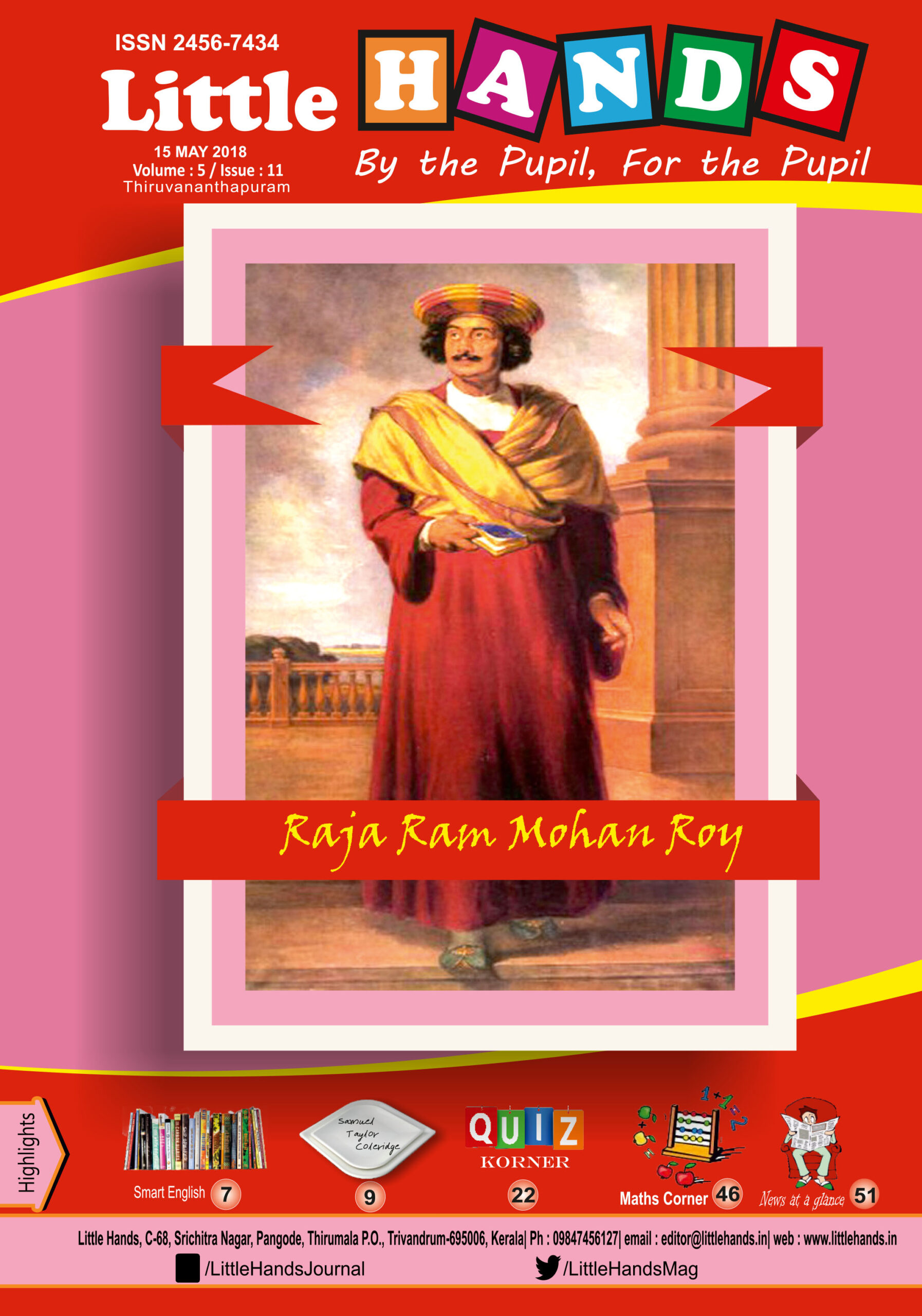Raja Ram Mohan Roy is counted and celebrated as the most illustrious leader of Indian Renaissance. His outstanding contribution was the abolition of the brutal and inhuman system of ‘Sati’. He was also instrumental in eradicating the ‘pardah’ system and child marriage.
Roy visited England as an ambassador of Mughal King to ensure that Lord Bentick’s regulation banning the practice of Sati was not overturned. But alas, he met with his end due to meningitis while residing in Bristol, England.
Quite interestingly, the title ‘Raja’ was bestowed on him by the Mughal emperor Akbar in 1831.
Ram Mohan Roy was born on 14 August 1774 in Radhanagate village of Hoogly district in Bengal. His father was Ram Kumar Roy, a wealthy Brahmin who strictly followed religious duties. His mother Tarini Devi was equally orthodox. Mohan Roy desired to become a monk, but had to drop it on account of her opposition.
He wanted him to pursue higher education. After learning Bengali and Sanskrit from the school, he was sent to Patna to study Persian and Arabic in a ‘Madrasa’. He also learned the Quran and other Islamic scriptures. After completing his studies in Patna, he went to Benaras ( Kashi) to learn Sanskrit, so as to enable him to study the Vedas and the Upanishads. He also mastered English so as to read the writings of philosophers like Aristotle.
.Completing his education he entered the sevices of the East India Company as a clerk. He worked in the collectorate of Rangpur under John Dighy. Subsequently he was promoted as a Dewan which was then a job with the role of collecting revenue. Those were days known as Dark Age when evil systems and customs were observed by the people.
It has to be mentioned that those who followed strict moral codes were badly influenced old traditions. The three practices followed by the people were child marriage, polygamy and Sati. The evil system of Sati involved self-immolation of widows at the funeral pyre of their husbands. In most such cases, women had to be forced to carry out this so-called sacrifice.
Ram Mohan Roy strongly opposed such practices and upheld that Hindu texts had never advocated the inhuman acts imposed on innocent women. He began his quest for a counteraction.
He founded the Atreiya Sakha in 1928 as part of introducing and propagating the doctrines of ancient Vedic scriptures. The Sakha reorganized itself as the Brahma Sakha which later grew into the Brahmo Samaj.
It is part of history that the Brahmo Samaj developed into a strong progressive force capable of introducing social reforms in Bengal, especially in the field of women’s education. Another sphere that attracted him was education. Though he came across English and its richness later in life, Ram Mohan Roy ardently read and absorbed the advantages of English especially in such scientific subjects like Mathematics, Physics, Chemistry and Botany.
It merits mention that he paved the way to revolutionize the education system in India by establishing the Hindu college which later on became one of the finest institutions in India producing some of the best minds. He combined theology with modern rational lessons that led to the founding of the famous Anglo-Vedic School in 1822 followed by the Vedanta College in 1824.
Raja Ram Mohan Roy travelled to England in 1830 to request the British government to increase the royalty received by the Mughal emperor and to ensure that Sati Act would not be overturned. During his visit to the United Kingdom three years later, he passed away on September 27. He was buried at the Arnos Vale cemetery in Bristol.
He was of opinion that Indians would lag behind if they do not study modern subjects like Mathematics, Geography and Latin. Ram Mohan was also the first to give importance to the development of the mother tongue. “Gaudiya Byakaran’ in Bengali is the best of his prose works. Rabindranath Tagore and Bankim Chandra Chatterjee also followed his footsteps.

